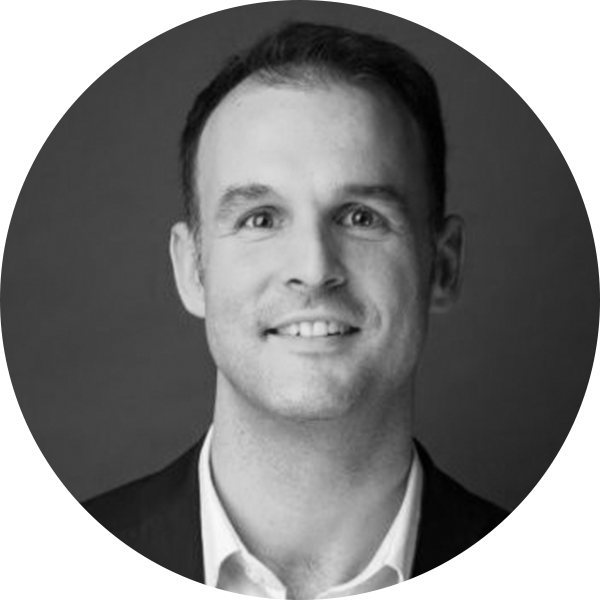
Three questions with…

Bruce Hellman
Chief Patient Officer and Co-founder
Bruce co-founded uMotif with Ben James (Chief Design Officer) in 2012. After Bruce finished his MBA, and having previously worked at British Biotech in clinical trials, he became interested in how technology and how he could help patients easily track their daily symptoms and medications to support their own health self-management.
Part of uMotif’s early work was with people with Parkinson’s Disease, this is something Bruce is passionate about and Cathy’s and Mick’s video stories showcase what a difference uMotif’s technology makes when you give people an easy way to capture quality health-related data.

The role of Chief Patient Officer is relatively new. What does it mean to you?
The role of CPO underpins what we’ve always held dear at uMotif – that we must give patients the best experience possible, to help people have a great trial experience, and ultimately help patients make a significant impact on new research and discoveries that improve clinical outcomes.
It’s a broad role with lots of opportunities to make an impact. As part of our plan to scale up uMotif and expand globally, Steve Rosenberg joined us as CEO in 2021. With Steve on board, I have been able to focus my time as CPO on some of the areas that I enjoy the most – particularly how we can best develop eCOA/ePRO software solutions that are as patient-friendly as possible, and truly human-centered. I truly believe that the best way to improve compliance rates and capture high quality data is to focus on delivering an exceptional patient experience.

Where do you see clinical research going in the next couple of years, particularly as it might affect patients?
The biggest theme going forward will be how to take research to people and allow each person, within the bounds of scientific rigor and safety, to choose how they want the trial to run for them. The ultimate goal is to give people more choice and flexibility – taking trials to patients wherever they are.
From a technology perspective, we have to ask ourselves what’s the medium by which we can best capture the essential patient data. I do think there will be more pressure on sponsors to create experiences that mirror what people have in their everyday lives – in terms of using great digital technologies, on people’s own devices. The challenge is ensuring the technology is accessible and easy for people to use.
I think a continued theme will be working to get more people involved in research, and giving people more choice about how they participate. In doing this, it’s important to ensure that the data capture methods we deliver are uncomplicated and enjoyable to use.

How can sponsors and CROs ensure that both the researcher and the patient benefit from participating in a study?
If you look at all the reasons people leave studies, among them is the feeling of being unappreciated. That’s a core issue our industry needs to work on. We know trial enrollment is low, and too few people recommend being in a trial to their friends and family once they’ve been in one themselves.
For our part, uMotif has built a modern and robust technology platform that benefits patients and researchers. The cornerstone of this is our eCOA/ePRO software, and we regularly support sponsors and partners with a myriad of innovative ways to engage patients throughout the study and beyond. By doing so, we help thank and appreciate participants, addressing the very real burdens often encountered.
Researchers are ultimately looking for high-quality, high-compliance data. We think the best way to get there is by optimizing the patient data capture experience, which brings me back to the need to ensure the patient experience is at the heart of research.
Connect with Bruce on LinkedIn to arrange a meeting, or to discuss more about how uMotif’s eCOA/ePRO platform can transform patient engagement in your next study.